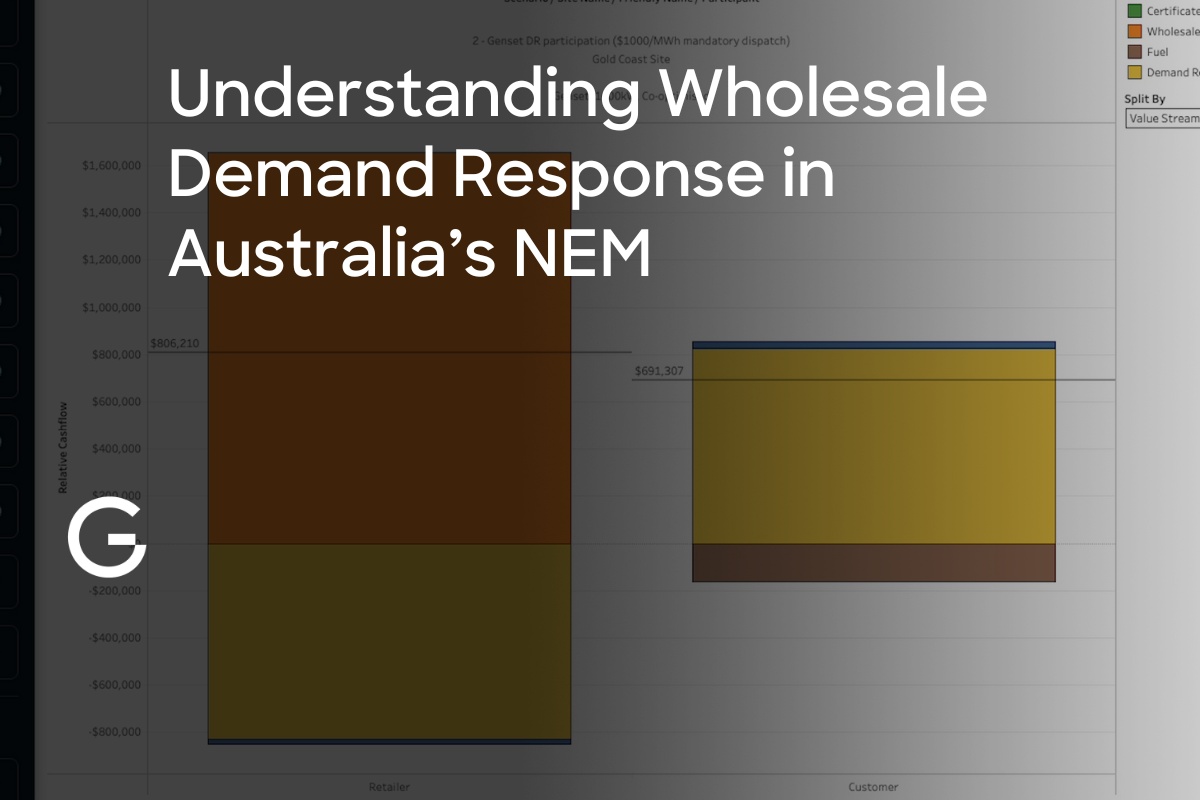What does seasonal variation mean for the NEM?

Is the NEM a winter or a summer peaking market? Australian summers are hot, so summer, right? Right?
Well, it’s not quite so simple. Let’s look at each of the five regions in the NEM, explored in the glorious Neapolitan palette of the Grand Budapest Hotel.
1. These charts show the average seasonal patterns for each region in the NEM. The solid line is the average daily regional operational demand, calculated from the 30-minute trading price data. The shaded boundaries are the absolute maximum and minimum operational demands experienced during the season.
So, what can we see? The absolute all time operational demand peak is experienced during summer afternoons in all regions except Tasmania which has its absolute peak on winter mornings. But the average demand is higher throughout the day during winter in all regions except Queensland. So on average we use more electricity throughout the day in winter, but the worst days align with hot summer afternoons.

2. These charts show the total energy consumed across the seasons in each region. Confirming the data in the demand shape charts, yes indeed we use more electricity in winter in all regions except the Banana State.

3. Is seasonal energy consumption changing? Nope – over the last 4 years overall consumption has been remarkably flat. We have to go back a decade or more to see significant shifts in overall energy consumption.

So, is the NEM a winter or summer peaking market? Well if you’re worried about the very worst of worst (when the system is likely to be most stressed) it’s a summer peaking market. Specifically, hot afternoons when significant cooling (HVAC) loads drive high system demand. Lucky for us this is often a time when generation supply is also likely to be most stretched 😑.
But, if you’re worried about those average demand shapes and the total energy consumed then the NEM is a winter peaking market. And if you’re starting to think through what electrification actually means, then you should be looking at those winter demands. If we factor in the much lower solar resource and the shift away from gas heating and cooking, particularly in the southern states, then winter peaking should very much be on your mind.







